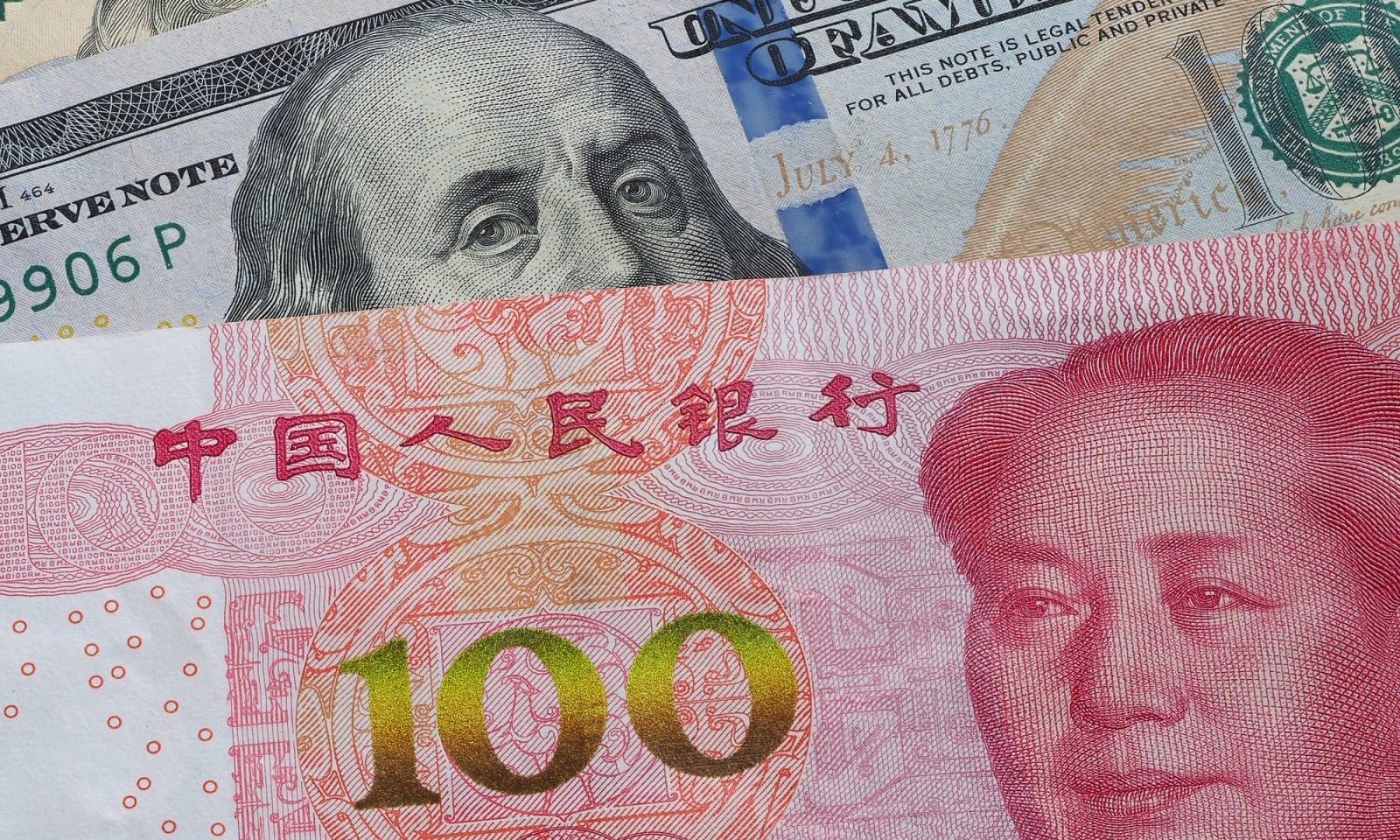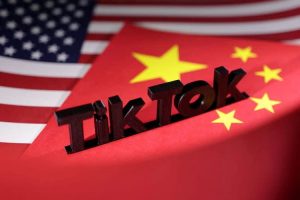(ATF) The Peoples’ Bank of China (PBoC) released its First-Quarter Monetary Policy Report (MPR) on Sunday and the April new yuan loans numbers on Monday.
Both releases, hedged language aside, signal continued strong commitment to further monetary easing in coming quarters.
The MPR is all about rate cuts, liquidity provisions and credits to struggling industries and – importantly – ongoing interest rate reforms to make policy transmission more effective. The latter is critical if the Bank is to be able to combat deflation.
April new loans totalled 1.7 trillion yuan, down from the massive 2.85 trillion in March, but higher than expected and up 13.1% on year.
Bottom line, while not trumpeting it, China is committed to doing all it takes to defeat the virus impact on the economy much like the US Fed, European Central Bank and Bank of Japan.
China can probably not merely afford to do so, but will be forced to engage in sharp easing in order to defeat the largest potential roadblock to economic recovery – runaway deflation.
While the MPR optimistically says that inflation and deflation dangers are evenly balanced, that’s clearly not the case. PPI stood at -1.5% in March and the April number, to be released on May 12, is expected at an even lower -2.5%. Consumer inflation, on the other hand, is mainly food inflation and will see significant relief – not least because the US is shipping tons of pork to China as we speak.
The bottom line from an FX standpoint is that there will be ongoing upward pressure on the yuan as deflation deepens.
There wasn’t much of that in evidence in today’s Asian trading. The PBoC set parity for the CNY at 7.0769, little changed from May 8. By 6pm HK time, CNY traded at 7.0869. The Trump threat of banning certain US funds from purchasing Chinese securities lingers.
As noted, the Tuesday PPI and CPI numbers are critical. We expect deeper factory gate deflation. But the PBoC certainly has the ammunition and intent to deploy the easing bazooka.
























